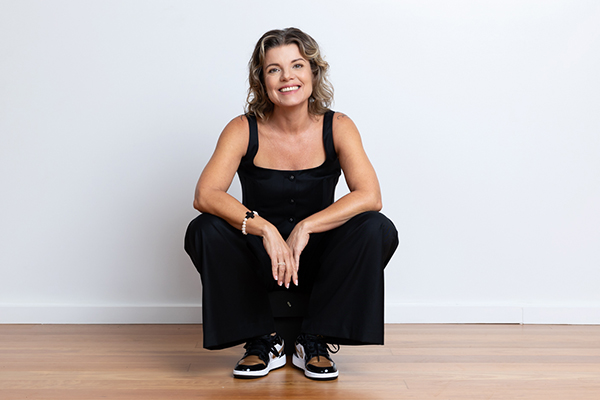What’s Blocking Your Best Work?

What’s Blocking Your Best Work?
Team issues rarely show up as “accountability problems.”
They show up as tension. As confusion. As the same conversations on repeat.
It’s tempting to treat the symptoms – restructure, reframe, reassign.
But if you don’t shift the team’s accountability maturity, the cycle resets.
Because high performance isn’t just about what your team delivers.
It’s about how they show up for each other while delivering it.
And that depends on matching the right rhythm, tools, and conversations to where the team is now.
So, what stage is your team at?
And what would it take to help them grow up, not just level up?
Let’s dig in.
Listen here
Read here
What’s Blocking Your Best Work?
It started, as these things often do, with eye rolls.
A leadership team I was working with had hit what they called a “culture snag.” Trust felt brittle. Conversations were defensive. Frustration simmered beneath the surface. On paper, the team looked great – smart, experienced, committed. But in the room? Something was off.
They’d tried everything: a new team charter, more offsites, personality profiling. Still, the same dynamics kept showing up.
What was really going on?
Accountability.
But not in the finger-pointy, performance-management kind of way. I mean accountability as a way of being – the invisible force that shapes how people show up for each other, own their role in shared work, and respond when things go sideways.
Most teams don’t realise they’re in an accountability breakdown until it shows up as something else:
- A trust issue.
- A communication issue.
- A performance issue.
- A leadership issue.
But underneath all of it? Accountability that’s either misfiring or missing entirely.
That’s where the Accountability Maturity Model helps.
It meets people where they are – and gives us the clarity, language and structure to move forward.
In this team’s case, we were sitting somewhere between Level 2 and Level 3. People wanted to be accountable, but the systems and norms weren’t supporting it. The culture had created an illusion of ownership, but in practice, people were still avoiding hard conversations or waiting for permission to act.
So we didn’t start with values. Or vision.
We started with the real work.
- Five-Star Meetings to replace endless updates with real-time ownership, fast decision-making, and a rhythm that makes accountability habitual – not heroic.
- GRIP It to check whether people were actually in the right roles. Not just technically capable, but lit up by the work and invested in doing it well.
- Conversations That Count – rituals like peer recognition and deep dives – that made it safe to be honest, stretch together, and build trust as they built traction.
These weren’t ‘fixes’. They were maturity moves matched to where the team was ready to grow. Scaffolds – designed to stretch the team just far enough to grow, but not so far that it broke trust.
And that’s the key.
You don’t hand a Level 2 team a Level 5 intervention. Just like you wouldn’t drop a novice climber at the summit of Everest.
Each level of accountability maturity unlocks new conversations. New tools. New ways of working.
By the time we reached Level 4, the team had stopped talking about each other and started talking to each other. They were using shared language, holding each other to their commitments, and making progress visible – and contagious.
And the eye rolls?
Replaced by raised hands. People stepping up. Taking ownership. Becoming agents of accountability.
So, if something in your team feels off – don’t reach for another psychometric.
Reach for the real work.
Start with accountability.
And make sure the tools match the moment.
To find out how I can help you do that, click here.





